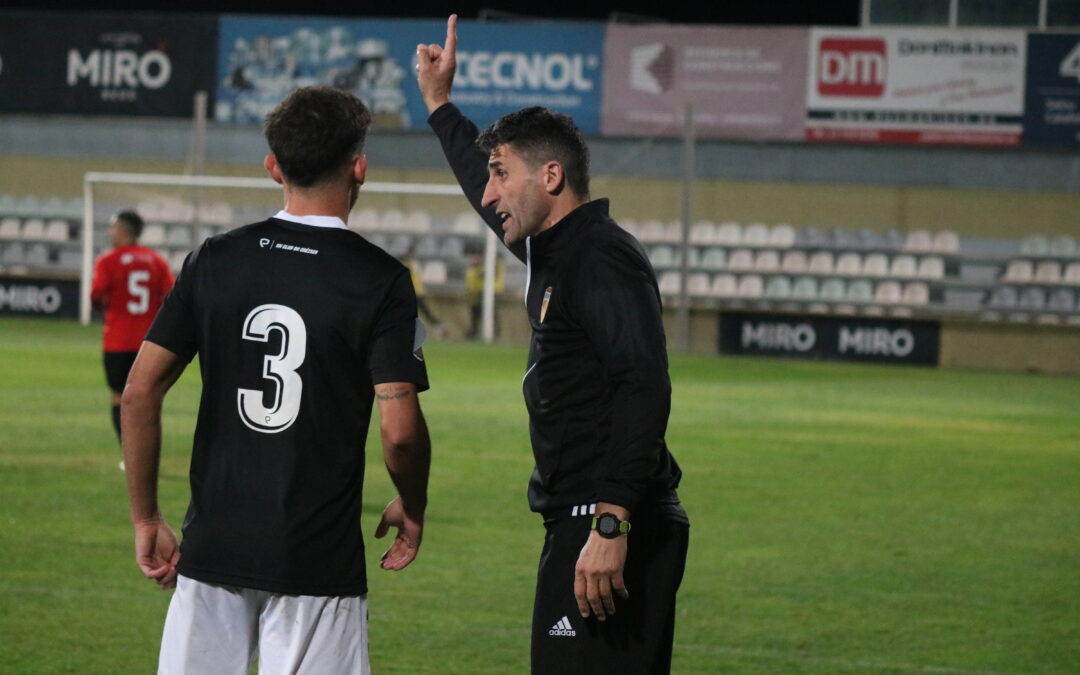For some time now, we have witnessed football being conceptualized to an extreme degree. Recently, social media echoed statements that quickly went viral. A coach twisted language in such a way that many of us in this profession felt as if we were listening to someone talking about another sport. This is not an isolated case.
The creativity that, unfortunately, we increasingly miss on the pitch seems to have conquered TV studios and broadcasts, causing many coaches—especially the new generation—to become great imitators, jumping on the bandwagon of a rhetoric sprinkled with “cool” and supposedly “modern” terms that sell well (marketing) but, at their core, explain nothing beyond the packaging… You only need to listen to the great coaches of our time—Guardiola, Klopp, Ancelotti, Simeone, to name just a few—to realize that those who truly understand football do not need to adorn their speech with complex words to explain the game.
Today I want to focus on one of these trendy terms: “the search for the free man.” The term “free man” refers to a player who is not being marked by an opponent and therefore has the freedom to receive a pass, move, or participate in play without immediate pressure from the adversary. This free player is usually in a strategic position to receive the ball, advance, and/or create opportunities for their team.
The idea behind having a free man is to generate numerical superiority in certain areas of the pitch. If a player is unmarked, they can receive the ball without pressure and make more effective tactical decisions, such as progressing with the ball, delivering a key pass, or taking a shot at goal. Creating a free man often involves coordinated and tactical movements by the team to unmark a player and create space for them. As coaches, we try to design specific strategies to free a key player and take advantage of their ability to positively influence the development of play. Up to this point, that is the explanation of the concept.
However, I often have the impression that nowadays, rather than being a means to an end, for many coaches it has become an end in itself, treated almost like the Holy Grail. Many coaches, especially novices, engage in an idolized pursuit of the term without considering its practical application, leaving many theoretical expectations exposed but few practical results, as their teams are often unable to progress beyond midfield—and that, by any measure, is always a problem.
Focusing excessively on theory and trying to conceptualize everything (it looks great in a book, on a TV program, or of course, in a Twitter thread) often becomes so abstract that it distances us from the practical reality of the game, limits player creativity, and significantly restricts the intrinsic emotion and passion of football. The inherent complexity of this sport, with multiple interactive variables constantly changing, makes it impossible to conceptualize and predict all possible scenarios. Hence, balancing theory and practice, conceptualization and intuition, is essential for a complete and rich understanding of the game.
That said, we must not forget that in modern football, the true “free man” always wears a different color, has gloves on his hands, and stands alone guarding the opposing goal. Therefore, that is where our search must be directed…

